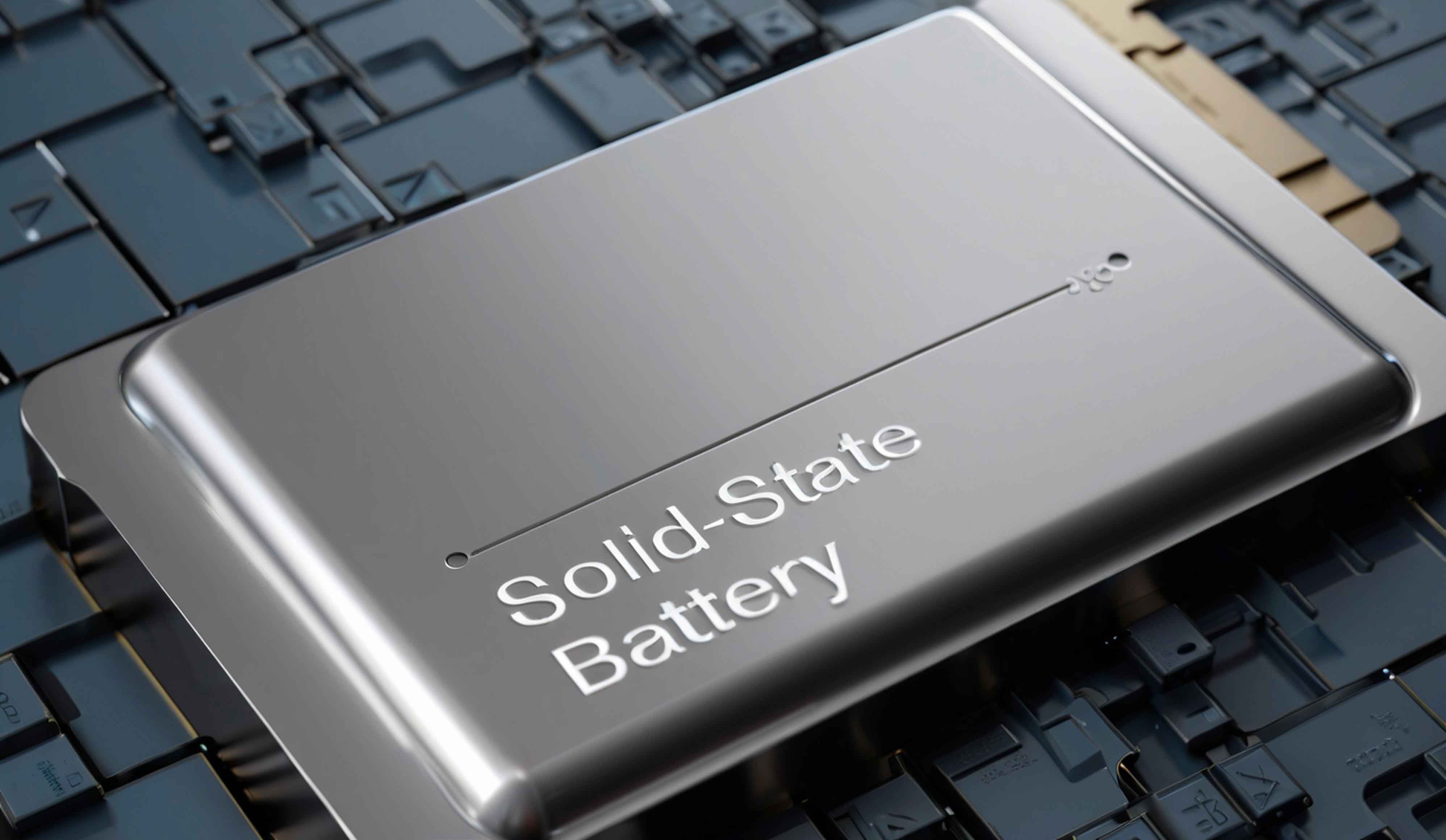The evolution of energy storage technologies has reached a pivotal juncture, with solid-state batteries emerging as a transformative solution to overcome the limitations of conventional lithium-ion systems. As an energy researcher deeply involved in next-generation battery development, I explore how advancements in artificial intelligence (AI) are reshaping timelines for the commercialization of solid-state batteries. This article synthesizes critical breakthroughs, quantifies progress through data-driven models, and evaluates the feasibility of accelerating mass production.

1. The Promise of Solid-State Batteries
Solid-state batteries (SSBs) replace flammable liquid electrolytes with solid alternatives, offering unparalleled advantages:
- Energy Density: Theoretical energy densities exceeding 500 Wh/kg, compared to 250–300 Wh/kg for lithium-ion batteries.
- Safety: Elimination of dendrite formation and thermal runaway risks.
- Longevity: Cycle life projections exceed 2,000 cycles with <20% capacity degradation.
Despite these benefits, challenges such as interfacial instability, manufacturing scalability, and material costs hinder large-scale adoption. Here, AI-driven innovations are proving indispensable.
2. AI as a Catalyst for Innovation
AI algorithms—particularly those leveraging deep learning and generative models—are accelerating R&D cycles. For solid-state batteries, AI applications include:
Material Discovery
Generative models like DeepSeek AI and GNoME (Google’s Graph Networks for Materials Exploration) predict novel solid electrolyte candidates. A recent study identified 12,000 potential materials in 2024, narrowing down to 7689 viable options using AI-guided simulations (Table 1).
Table 1: AI-Driven Material Screening for Solid Electrolytes
| Year | Candidates Identified | Viable Options | Success Rate |
|---|---|---|---|
| 2020 | 2,000 | 40 | 2% |
| 2024 | 12,000 | 7,689 | 64% |
The success rate surged from 2% to 64% between 2020 and 2024, driven by AI’s ability to model ionic conductivity (σσ) and mechanical stability (ϵϵ):σ=e2nμkBTandϵ=ΔLL0×100%σ=kBTe2nμandϵ=L0ΔL×100%
Process Optimization
AI systems like DeepSeek MD simulate electrode-electrolyte interfaces, reducing trial-and-error experiments by 70%. For instance, optimizing sintering temperatures (TsTs) and pressure (PP) for ceramic electrolytes follows:Ts=α⋅ln(β⋅P)+γTs=α⋅ln(β⋅P)+γ
where α,β,γα,β,γ are material-specific constants derived from AI training.
3. Quantifying the Road to Commercialization
Current projections suggest solid-state battery production will reach 150 GWh by 2030. However, AI integration could compress timelines by 25–40% (Figure 1).
Table 2: Timeline Acceleration via AI Adoption
| Parameter | Baseline (Years) | AI-Optimized (Years) | Reduction |
|---|---|---|---|
| Material Discovery | 5–7 | 2–3 | 60% |
| Prototyping | 3–4 | 1–2 | 50% |
| Manufacturing Scale-Up | 6–8 | 4–5 | 33% |
Key drivers include:
- Generative Design: AI-generated electrode architectures improve energy density by 15–20%.
- Predictive Maintenance: Machine learning reduces production downtime by 25%.
4. Economic and Environmental Impact
The cost trajectory of solid-state batteries remains a critical variable. AI lowers R&D expenditures by automating 70% of laboratory workflows. By 2030, SSB pack costs could fall below $80/kWh, rivaling lithium-ion batteries (Table 3).
Table 3: Cost Projections for Solid-State Batteries
| Year | R&D Cost (USD Billion) | Production Cost (USD/kWh) | Energy Density (Wh/kg) |
|---|---|---|---|
| 2025 | 15 | 220 | 320 |
| 2030 | 8 | 75 | 480 |
Environmental gains are equally compelling. SSBs reduce cobalt dependency by 90%, and AI-optimized recycling slashes lifecycle emissions by 40%.
5. Challenges and Strategic Recommendations
Despite progress, hurdles persist:
- Interfacial Engineering: Solid-solid interfaces require nanoscale precision.
- Supply Chain Gaps: Limited availability of lithium metal anodes.
To expedite solid-state battery deployment, stakeholders must:
- Invest in AI-powered digital twins for real-time process monitoring.
- Foster collaborations between academia and industry.
- Standardize testing protocols for AI-generated materials.
6. Conclusion
The synergy between AI and solid-state battery innovation is redefining energy storage paradigms. By compressing R&D timelines, cutting costs, and enhancing performance metrics, AI not only makes early commercialization feasible but inevitable. As the industry approaches inflection points in 2025–2030, strategic AI adoption will determine which players lead the solid-state battery revolution.
